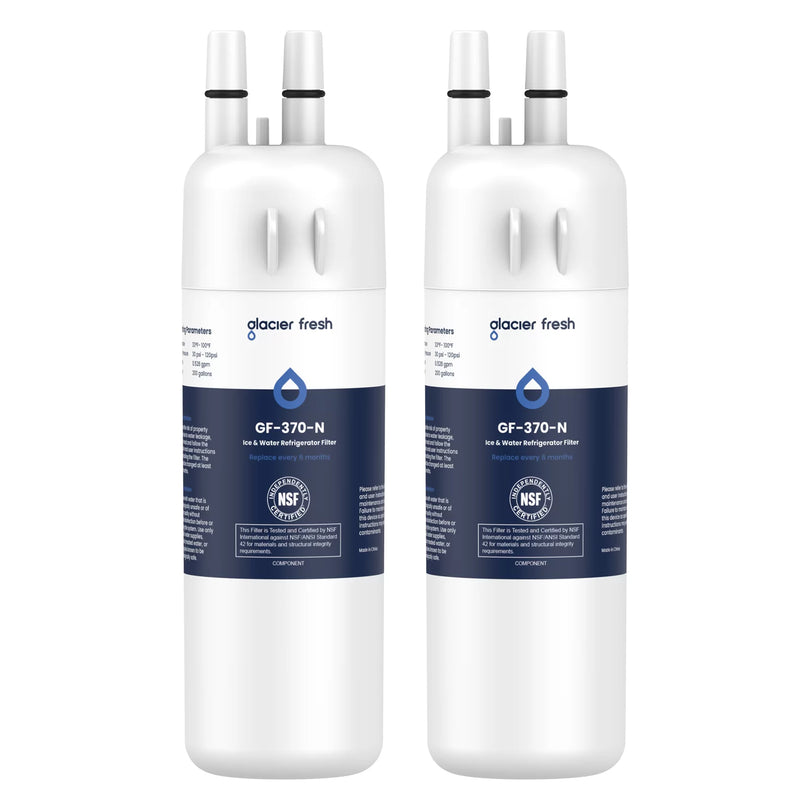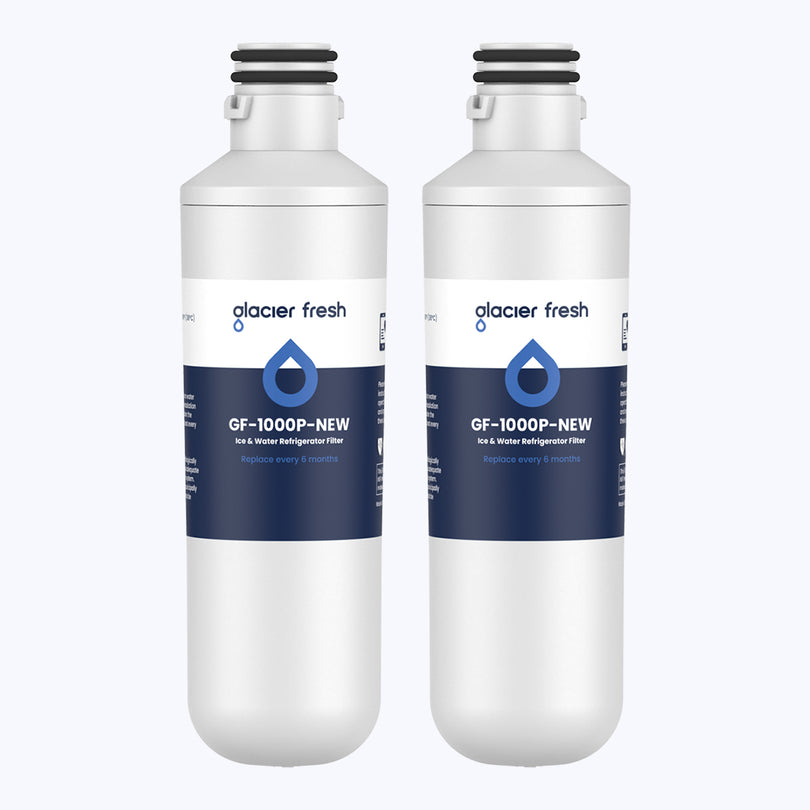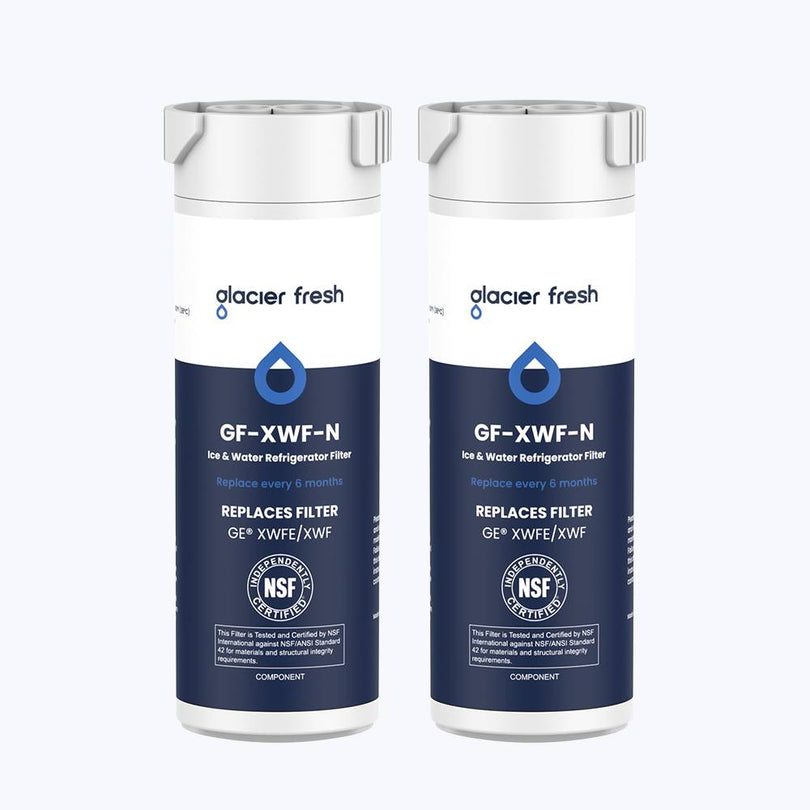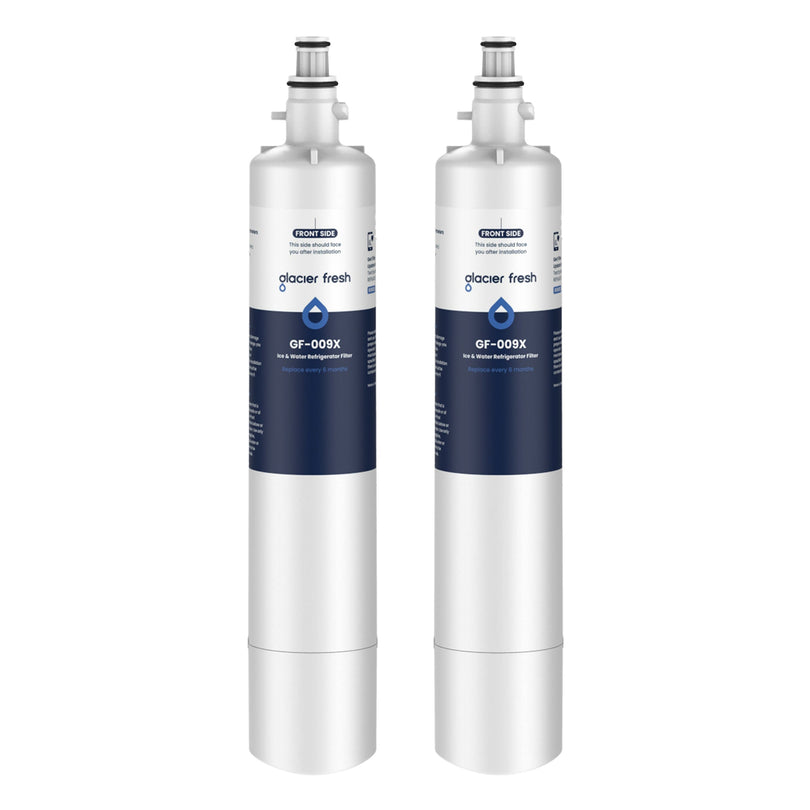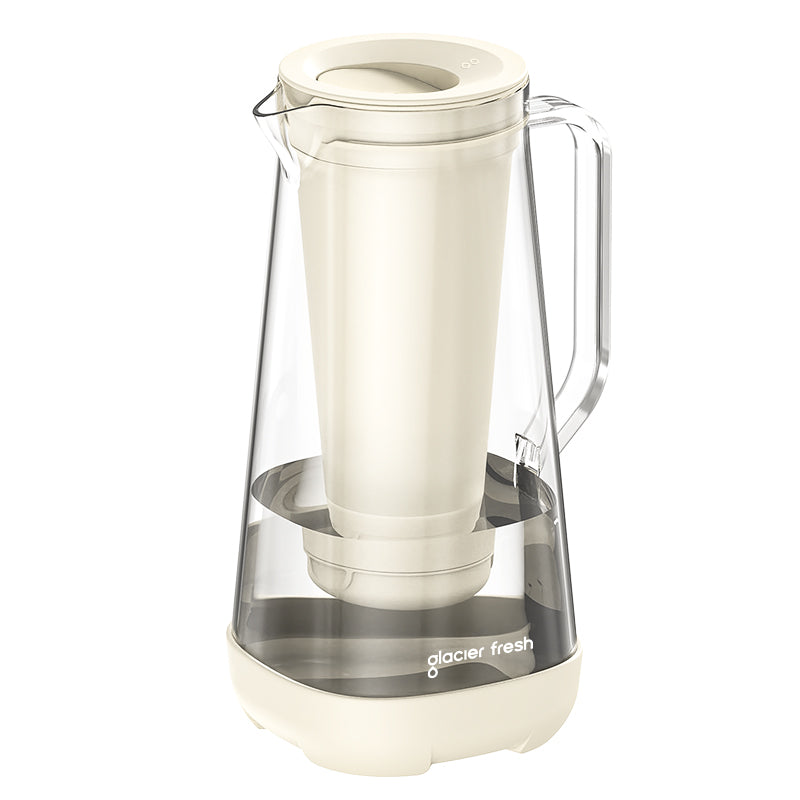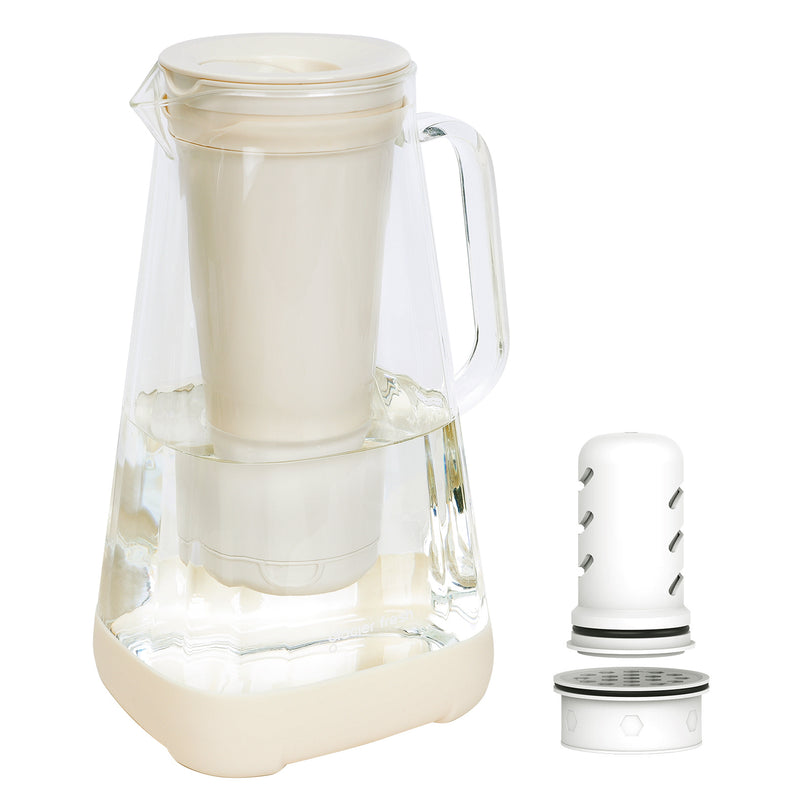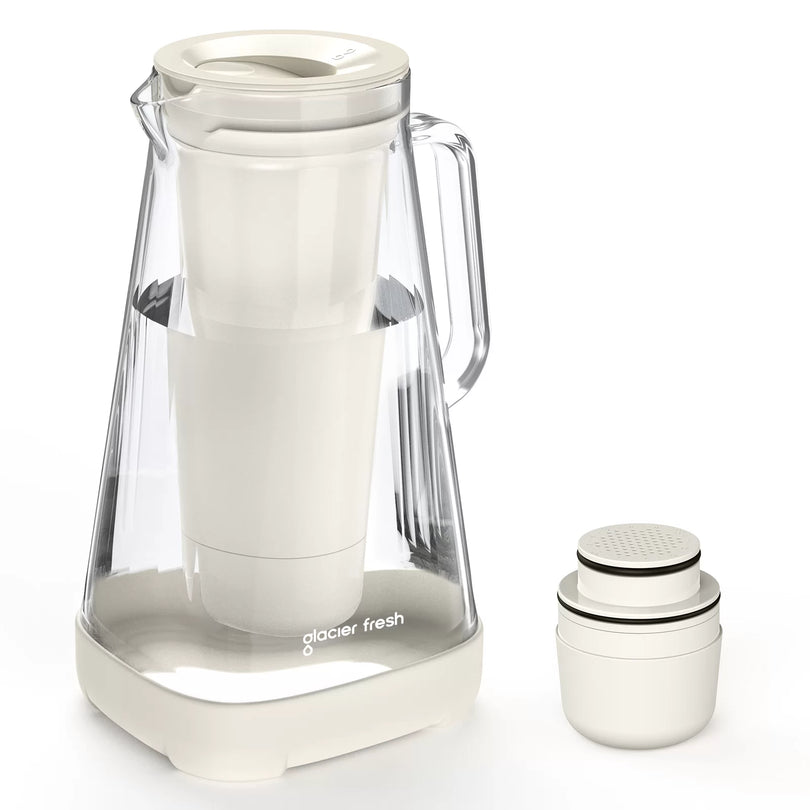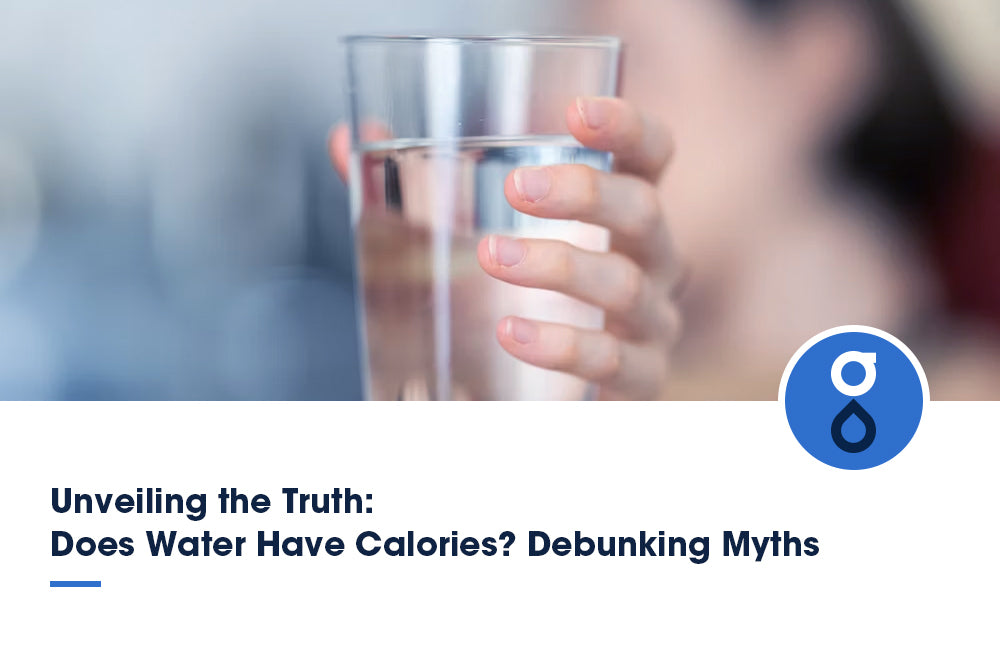Table of Contents:
Was ist Blei?
Quellen der Bleiverunreinigung im Trinkwasser
Gesundheitsrisiken im Zusammenhang mit Bleiexposition
Wie hoch ist der unbedenkliche Bleigehalt im Trinkwasser?
Vorschriften und Normen für Blei im Trinkwasser
Wie testen und überwachen Sie Ihr Wasser auf Blei?
Maßnahmen zum Schutz Ihres Trinkwassers vor Bleiverunreinigungen
FAQs
Abschluss
Wussten Sie, dass Bleiverunreinigungen in einigen Regionen der USA trotz geltender Vorschriften zum Schutz Ihres Trinkwassers immer noch ein Problem darstellen? Dieser Artikel liefert Ihnen die nötigen Informationen. Von der Frage, was Blei ist und woher es im Trinkwasser kommt, bis hin zu den gesundheitlichen Risiken einer Bleibelastung – dieser Leitfaden informiert Sie über sichere Bleiwerte und die Möglichkeit, Ihr Wasser zu testen und zu überwachen. Darüber hinaus bietet er Maßnahmen zum Schutz Ihres Trinkwassers vor Bleiverunreinigungen. Bleiben Sie informiert und sorgen Sie für die Sicherheit Ihrer Wasserversorgung.
Was ist Blei?

Blei ist ein giftiges Schwermetall, das häufig in verschiedenen Quellen, einschließlich Trinkwasser, vorkommt. Blei ist ein natürlich vorkommendes Element, das aufgrund seiner Formbarkeit und Haltbarkeit seit Jahrhunderten verwendet wird. Es ist für den Menschen hochgiftig und kann schädliche Auswirkungen auf unsere Gesundheit haben. Bei Einnahme oder Inhalation kann Blei eine Reihe von Gesundheitsproblemen verursachen, insbesondere bei Kindern und schwangeren Frauen. Zu den Folgen einer Bleivergiftung können Entwicklungsverzögerungen, Lernschwierigkeiten, ein niedrigerer IQ sowie Schäden an Nervensystem und Nieren gehören.
Quellen der Bleiverunreinigung im Trinkwasser

Um die Ursachen der Bleiverunreinigung in Ihrem Trinkwasser besser zu verstehen, ist es wichtig zu wissen, woher dieses giftige Metall stammen kann. Hier sind drei häufige Ursachen für Bleiverunreinigungen:
1. Veraltete Infrastruktur: Viele ältere Häuser und Gebäude verfügen über Rohrleitungen mit Bleirohren oder Lötzinn. Mit der Zeit kann es zu Korrosion kommen, wodurch Bleipartikel in die Wasserversorgung gelangen. Dies ist eine bedeutende Quelle für Bleiverunreinigungen im Trinkwasser.
2. Versorgungsleitungen: Auch die Rohre, die Ihr Haus mit dem öffentlichen Wassernetz verbinden, sogenannte Versorgungsleitungen, können Blei enthalten. Bestehen diese Leitungen aus Blei oder enthalten Bleilot, kann das durch sie fließende Wasser verunreinigt werden.
3. Armaturen und Wasserhähne: Bestimmte Armaturen und Wasserhähne, insbesondere solche, die vor 2014 hergestellt wurden, können Blei enthalten. Wenn Wasser mit diesen Armaturen in Kontakt kommt, kann Blei in die Wasserversorgung freigesetzt werden.
Um Bleiverunreinigungen in Ihrem Trinkwasser vorzubeugen, sind proaktive Maßnahmen unerlässlich. Testen Sie Ihr Wasser regelmäßig mit zertifizierten Testmethoden auf Blei. Wenn Blei nachgewiesen wird, sollten Sie die Installation eines Wasserfiltersystems oder den Austausch von Bleirohren und -armaturen in Ihrem Haus in Erwägung ziehen.
Gesundheitsrisiken im Zusammenhang mit Bleiexposition
Blei ist ein giftiges Metall, das insbesondere bei Kindern schwerwiegende gesundheitliche Folgen haben kann. Bleibelastung kann bei Kindern zu Entwicklungsverzögerungen, Lernschwierigkeiten und einem niedrigeren IQ führen. Die langfristigen Auswirkungen einer Bleibelastung können verheerend sein und den Erfolg eines Kindes in der Schule und im späteren Leben beeinträchtigen.
Die Symptome einer Bleivergiftung können je nach Belastungsgrad variieren. Zu den häufigsten Anzeichen gehören Bauchschmerzen, Verstopfung, Reizbarkeit und Müdigkeit. In schweren Fällen kann eine Bleivergiftung zu Krampfanfällen, Koma und sogar zum Tod führen. Es ist wichtig, diese Symptome zu erkennen und bei Verdacht auf eine Bleibelastung einen Arzt aufzusuchen.
Prävention ist der Schlüssel zur Reduzierung der Bleibelastung. Wenn Sie in einem älteren Haus mit Bleirohren oder -leitungen wohnen, sollten Sie Ihr Wasser auf Blei testen lassen. Maßnahmen zur Reduzierung des Bleigehalts, wie z. B. das Spülen des Wasserhahns vor der Verwendung, die Verwendung von kaltem Wasser zum Kochen und Trinken und die Verwendung zertifizierter Filter, können Ihr Risiko minimieren.
Sorgen Sie außerdem dafür, dass Kinder eine nahrhafte Ernährung mit viel Kalzium und Eisen erhalten, da diese Nährstoffe dazu beitragen können, die Bleiaufnahme im Körper zu verringern.
Wie hoch ist der unbedenkliche Bleigehalt im Trinkwasser?

Für Ihre Sicherheit ist es wichtig, den zulässigen Bleigehalt im Trinkwasser zu kennen. Bundesvorschriften legen den sicheren Bleigehalt im Trinkwasser zum Schutz der öffentlichen Gesundheit fest. Hier sind drei wichtige Punkte, die Sie beachten sollten:
1. Maximaler Schadstoffwert (MCLG): Der MCLG ist der Wert, bei dem kein bekanntes oder zu erwartendes Risiko für die menschliche Gesundheit besteht. Für Blei beträgt der MCLG null, d. h. es gibt keine sichere Bleibelastung.
2. Auslöseschwelle (AL): Die AL ist die Bleikonzentration im Trinkwasser, bei der bestimmte Maßnahmen zur Reduzierung der Bleibelastung erforderlich sind. Die aktuelle AL für Blei im Trinkwasser beträgt 15 Teile pro Milliarde (ppb). Überschreitet der Bleigehalt die AL, müssen Wassersysteme Maßnahmen zur Minimierung der Belastung ergreifen, beispielsweise Korrosionsschutzmaßnahmen.
3. Blei- und Kupferregel: Die Blei- und Kupferregel ist eine bundesstaatliche Verordnung, die Wasserversorgungssysteme zur Überwachung und Reduzierung des Blei- und Kupfergehalts im Trinkwasser verpflichtet. Sie legt spezifische Anforderungen für Probenahme, Prüfung und Aufbereitung fest, um die Sicherheit des Trinkwassers zu gewährleisten.
Für den Schutz Ihrer Gesundheit ist es wichtig, den sicheren Bleigehalt im Trinkwasser zu kennen. Es ist wichtig, die gesetzlichen Vorschriften zu kennen und die notwendigen Maßnahmen zu ergreifen, um die Bleibelastung in Ihrem Trinkwasser zu minimieren.
Vorschriften und Normen für Blei im Trinkwasser
Die Environmental Protection Agency (EPA) setzt den Zielwert für die maximale Bleibelastung (MCLG) im Trinkwasser auf null fest, da es keine sichere Bleibelastung gibt. Der Aktionswert für Blei im Trinkwasser ist jedoch auf 15 Teile pro Milliarde (ppb) festgelegt. Das bedeutet, dass Maßnahmen zur Reduzierung des Bleigehalts ergriffen werden müssen, wenn der Bleigehalt in mehr als 10 % der aus einem Wassersystem entnommenen Proben 15 ppb überschreitet. Es ist wichtig zu beachten, dass die Vermeidung einer Bleibelastung entscheidend für die Sicherheit Ihres Trinkwassers ist. Regelmäßige Tests Ihres Wassers auf Blei und das Ergreifen geeigneter Maßnahmen zur Reduzierung des Bleigehalts, wie z. B. die Verwendung eines Schwerkraft-Wasserfiltersystems , können dazu beitragen, eine Bleikontamination des Wassers zu verhindern. Indem Sie sich über Bleivorschriften und -standards auf dem Laufenden halten, können Sie sich und Ihre Familie proaktiv vor Bleibelastung schützen.
Wie testen und überwachen Sie Ihr Wasser auf Blei?

Verwenden Sie ein von der EPA zugelassenes Bleitestkit, um Ihr Wasser präzise auf Blei zu testen und zu überwachen. Diese Kits sind speziell dafür konzipiert, Blei in Ihrem Trinkwasser zu erkennen und so Ihre Sicherheit und die Ihrer Familie zu gewährleisten. Hier sind drei wichtige Schritte, die Sie bei der Bleiprüfung und -überwachung beachten sollten:
1. Wählen Sie die richtige Wassertestmethode: Es gibt verschiedene Methoden, um Blei im Wasser zu testen, darunter Testkits für zu Hause und professionelle Labortests. Testkits für zu Hause sind praktisch und einfach anzuwenden und liefern schnelle Ergebnisse. Für genauere und zuverlässigere Ergebnisse empfiehlt es sich jedoch, eine Wasserprobe zur Analyse an ein zertifiziertes Labor zu senden.
2. Testergebnisse richtig interpretieren: Nach dem Test ist es wichtig zu verstehen, wie die Ergebnisse zu interpretieren sind. Die EPA hat einen maximalen Schadstoffgehalt (MCLG) von null für Blei im Trinkwasser festgelegt. Sollten Ihre Testergebnisse einen Bleigehalt über dem MCLG zeigen, ist es wichtig, sofort Maßnahmen zur Reduzierung der Bleibelastung zu ergreifen.
3. Wichtigkeit regelmäßiger Kontrollen: Bleitests in Ihrem Wasser sollten kein einmaliger Vorgang sein. Regelmäßige Kontrollen sind unerlässlich, um die langfristige Sicherheit Ihrer Wasserversorgung zu gewährleisten. Bleiverunreinigungen können durch alternde Infrastruktur oder Veränderungen der Wasserquellen entstehen. Regelmäßige Tests und Kontrollen können potenzielle Bleiprobleme umgehend beheben und Ihre Gesundheit schützen.
Maßnahmen zum Schutz Ihres Trinkwassers vor Bleiverunreinigungen

Befolgen Sie diese fünf Schritte, um Ihr Trinkwasser vor Bleiverunreinigungen zu schützen:
1: Bleifilter installieren: Verwenden Sie Bleifilter an Ihren Wasserhähnen und Duschköpfen, um eventuell vorhandene Bleipartikel aus Ihrem Wasser zu entfernen. Diese Filter sind so konzipiert, dass sie Blei und andere Verunreinigungen effektiv entfernen und so sicherstellen, dass das von Ihnen konsumierte Wasser sicher ist.
2: Wasseraufbereitung: Erwägen Sie die Einführung von Wasseraufbereitungsmethoden wie Umkehrosmose oder Destillation, um Blei noch weiter aus Ihrem Wasser zu entfernen. Diese Verfahren können Bleipartikel effektiv entfernen und so für saubereres und sichereres Trinkwasser sorgen.
3: Regelmäßige Inspektionen Ihrer Rohrleitungen: Planen Sie regelmäßige Inspektionen Ihrer Rohrleitungen ein, um mögliche Bleiverunreinigungen zu identifizieren. Ein professioneller Klempner kann den Zustand Ihrer Rohre und Armaturen beurteilen und auf Anzeichen von Korrosion oder bleihaltigen Materialien prüfen. Der rechtzeitige Austausch von Bleirohren oder -armaturen verhindert, dass Blei in Ihr Wasser gelangt.
4: Bleifreie Materialien verwenden: Achten Sie bei der Renovierung oder Reparatur Ihrer Sanitäranlagen darauf, dass die verwendeten Materialien bleifrei sind. Entscheiden Sie sich für bleifreie Rohre, Armaturen und Armaturen, um das Risiko einer Bleiverunreinigung Ihres Trinkwassers zu minimieren.
5: Sensibilisieren Sie die Öffentlichkeit: Informieren Sie sich und andere über die Gefahren von Blei im Trinkwasser. Informieren Sie sich über die Qualität Ihrer lokalen Wasserversorgung und setzen Sie sich für strengere Vorschriften und Tests ein. Durch Sensibilisierung der Öffentlichkeit können wir sicherstellen, dass jeder Zugang zu sauberem und bleifreiem Trinkwasser hat.
FAQs
Kann Bleiverunreinigung im Trinkwasser behandelt oder herausgefiltert werden?
Sie können Bleiverunreinigungen im Trinkwasser mithilfe verschiedener Methoden wie Aktivkohlefiltration, Umkehrosmose und Destillation wirksam behandeln oder herausfiltern.
Gibt es in den Vereinigten Staaten bestimmte Regionen oder Gebiete, in denen das Trinkwasser stärker von Blei verunreinigt ist?
Bleikontaminationen können in allen Teilen des Landes auftreten, bestimmte Regionen sind jedoch besonders anfällig für dieses Problem. Dies kann auf Faktoren wie das Alter der Infrastruktur, Bleirohre und industrielle Aktivitäten in der Region zurückzuführen sein. Zu den Regionen mit höheren Bleikonzentrationen gehören Flint (Michigan), Newark (New Jersey) und Pittsburgh (Pennsylvania).
Abschluss
Zusammenfassend lässt sich sagen, dass sich Kunden der möglichen Bleibelastung ihres Trinkwassers bewusst sein müssen. Es ist wichtig, die Quellen und Gesundheitsrisiken einer Bleibelastung zu kennen. Kunden sollten außerdem die zulässigen Bleiwerte und die Vorschriften zum Schutz ihres Trinkwassers kennen. Regelmäßige Tests und Überwachungen tragen zur Sicherheit ihres Wassers bei. Maßnahmen zur Vermeidung von Bleibelastungen sind zum Wohle aller notwendig.

